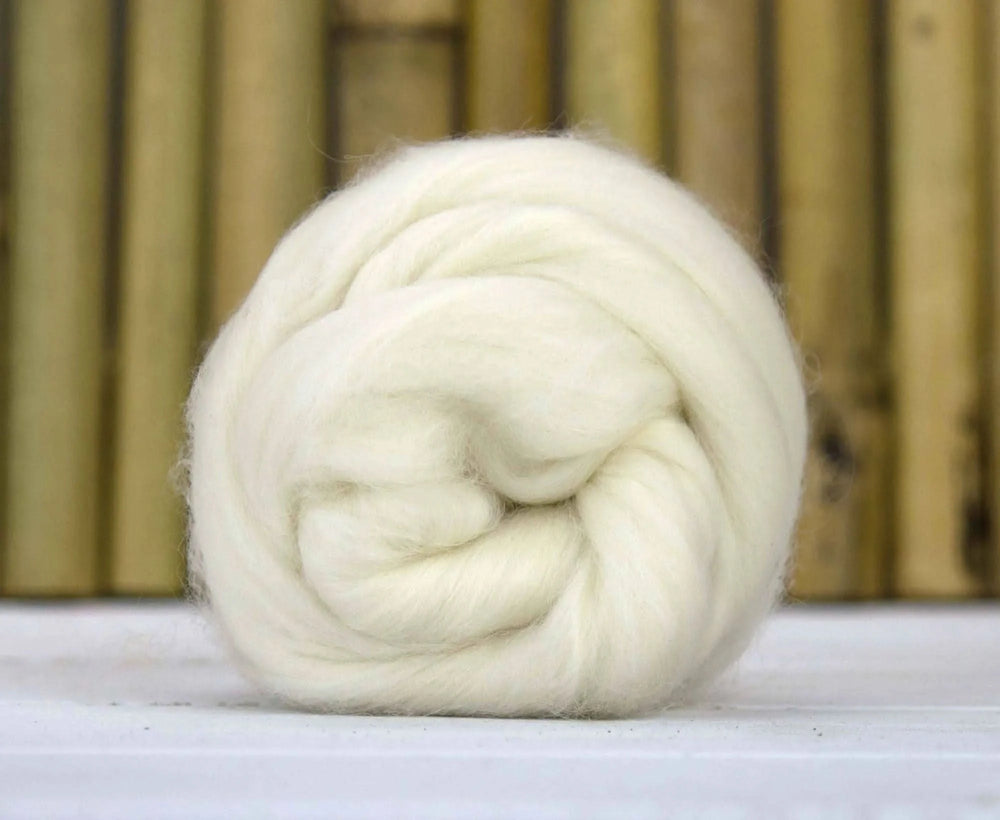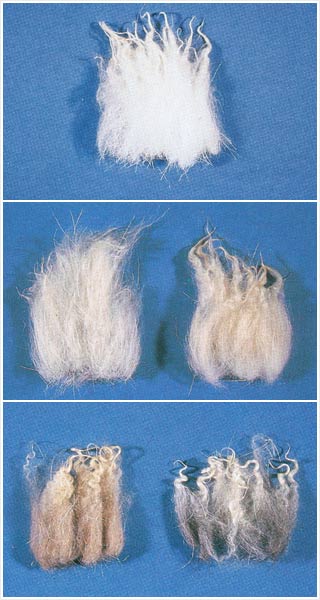How is cashmere Fibre Produced and Why Is It So Desired?
How is cashmere Fibre Produced and Why Is It So Desired?
Blog Article
Understanding the Various Kinds of Cashmere an All-natural Fiber and Their Distinct Benefits

The Beginnings of Cashmere: A Historical Review
While the glamorous touch of cashmere proceeds to beauty modern customers, its beginnings trace back to the extreme, chilly environments of Mongolia and the Himalayas. For centuries, the aboriginal individuals of these regions have actually been raising Capra Hircus goats, the prime source of cashmere woollen. These goats, durable versus the extreme winters, grew a fine undercoat to make it through, which later on came to be referred to as cashmere. The name itself pays homage to Kashmir, a region in India where the woollen was originally refined. Much of the very early cashmere trade route was helped with by the Silk Road, attaching Asia with the Center East and Europe. In spite of its global spread, the finest cashmere is still believed to originate from the initial regions of Mongolia and the Himalayas.

The Production Process: From Goat to Garment
Shearing a Capra Hircus goat marks the beginning of the elaborate cashmere manufacturing process. This fragile treatment generally occurs when a year throughout springtime. The penalty, soft undercoat is then divided from the coarser external hair, a procedure understood as dehairing. The resultant raw cashmere is after that cleaned to remove contaminations such as grease, vegetable, and dust matter.
The clean fiber is subjected to coloring, spinning, and weaving, or knitting, to change it right into a fabric. Facility treatments such as top quality control checks and ending up processes adhere to, guaranteeing the end product keeps the elegant standard expected of cashmere. This meticulous procedure, from goat to garment, validates the high expense connected to cashmere products, making them a sign of high-end and refinement.
The Numerous Sorts Of Cashmere: A Thorough Evaluation

The Distinct Benefits of Cashmere: Comfort and Sustainability
Moving from the selection of cashmere kinds to the advantages they supply, comfort and sustainability stand out plainly. Cashmere, an all-natural fiber, is renowned for its unequaled gentleness, supplying a level of convenience that artificial fibers can not match.
When it concerns sustainability, cashmere is sustainable and biodegradable, as it's harvested from cashmere goats who regrow their layers each year. what is cashmere. Unlike artificial fibers which can take hundreds of years to disintegrate, cashmere's impact on the atmosphere is minimal. This combination of comfort and sustainability makes cashmere a beneficial selection for mindful customers

Caring for Your Cashmere: Upkeep and Preservation Tips
While cashmere is undoubtedly what material is cashmere a lasting and lavish option, it needs certain care to maintain its high quality and prolong its life expectancy. To begin, cashmere should be hand cleaned making use of cool water and a light cleaning agent. Cashmere things need to be saved in a dry and great place, away from straight sunshine and moisture.
Investing in Cashmere: Recognizing Its Worth and Well Worth
Although cashmere might originally look like a pricey financial investment, its long-lasting value and worth ended up being apparent when you consider its amazing qualities. Known for its unequaled soft qualities and warmth, cashmere is a premium natural fiber that outshines other materials. Its high need and minimal supply add to its high cost, but its durability ensures it lasts for many years, providing superb worth for cash. Cashmere pieces are classic, often ending up being heirlooms gave through generations. what is cashmere. Its natural insulating homes supply heat without the bulk of synthetic fibers. Buying cashmere, therefore, is not simply about present fashion patterns, but regarding welcoming a sustainable, resilient, and glamorous way of life.
Final Thought
In summary, the kind of cashmere one picks, be it Mongolian, Chinese, or Italian, is determined by specific choices for warmth, budget, sustainability, and deluxe. Comprehending the origins, manufacturing procedure, and special benefits of various types of cashmere can direct consumers in their financial investment in this lavish all-natural fiber.
Whether it's the remarkable warmth of Mongolian cashmere, the price of Chinese cashmere, or the eco-conscious production of Italian cashmere, there's a tale to be discovered behind each fiber kind. Cashmere, a natural fiber, is renowned for its unparalleled soft qualities, offering a degree of comfort that synthetic fibers can not match.When it comes to sustainability, cashmere is naturally degradable and sustainable, as it's gathered from cashmere goats that regrow their layers annually. Recognized for its unrivaled soft qualities and warmth, cashmere is a premium all-natural fiber that exceeds other products. Understanding the beginnings, manufacturing procedure, and distinct advantages of different kinds of cashmere can guide customers in their investment in this luxurious all-natural fiber.
Report this page